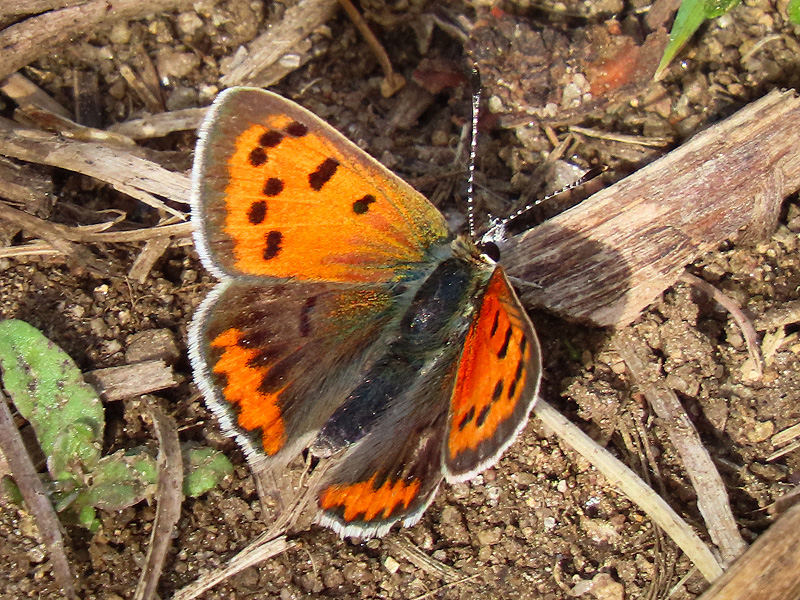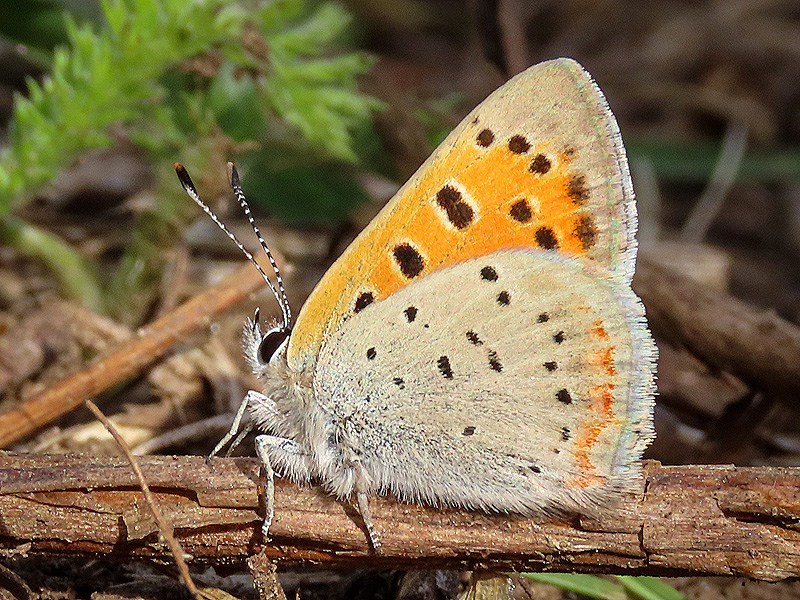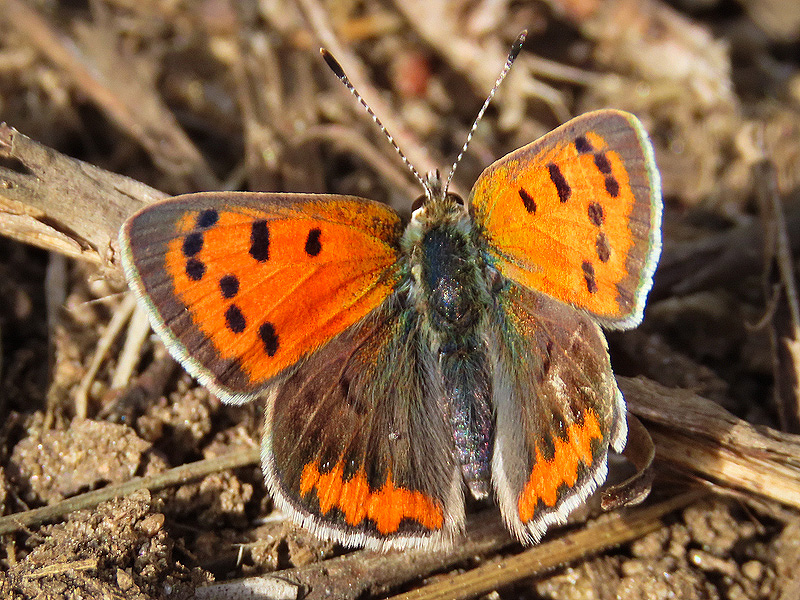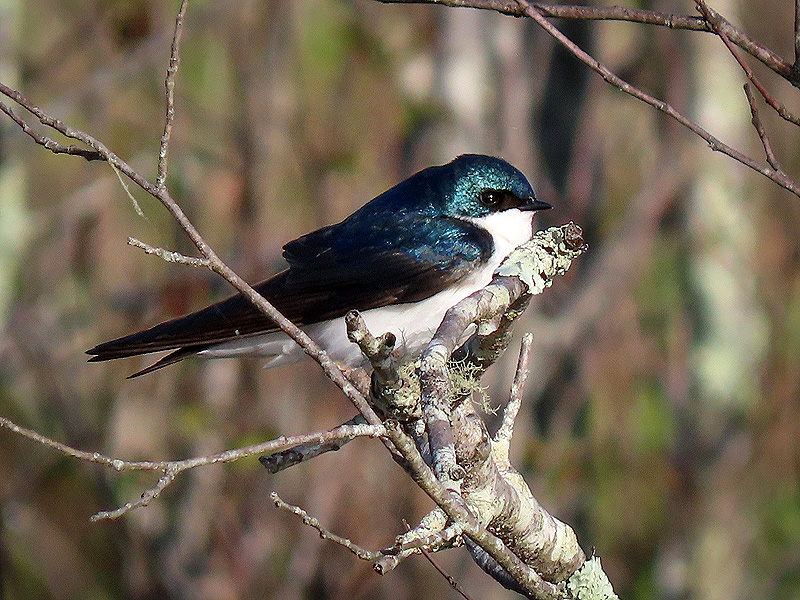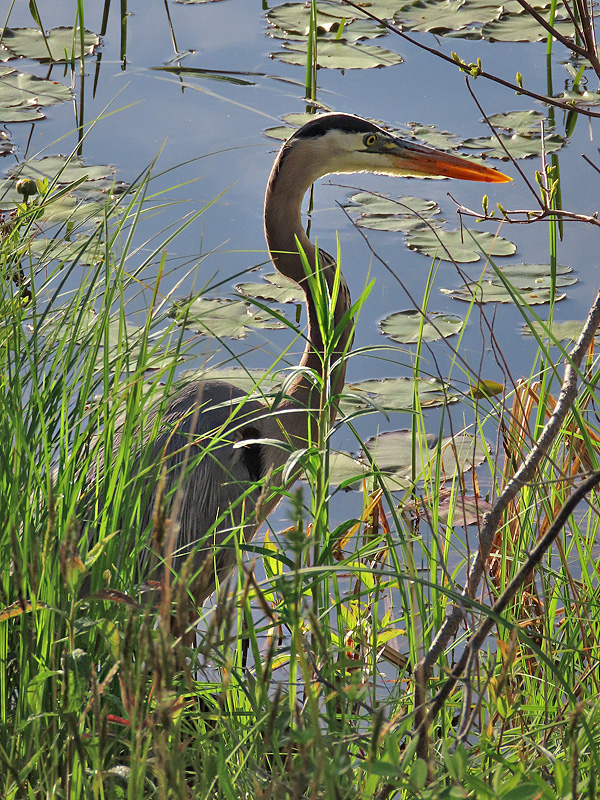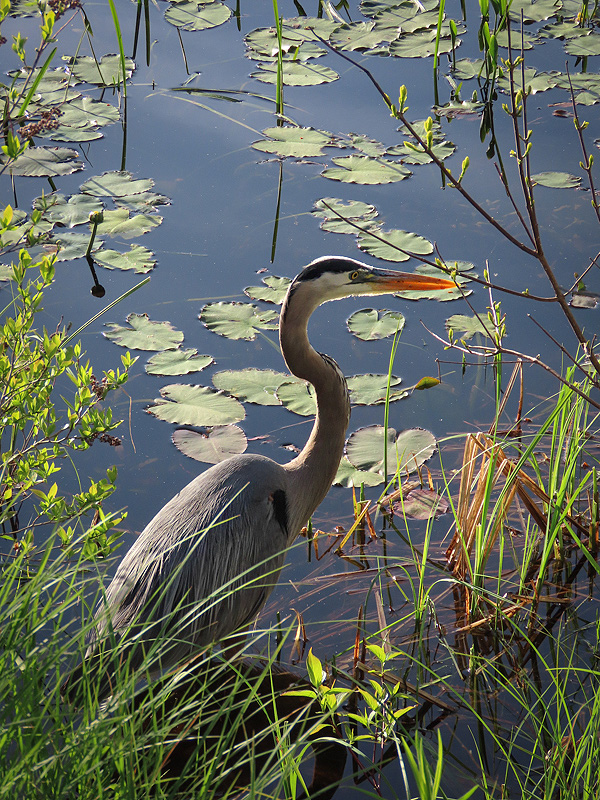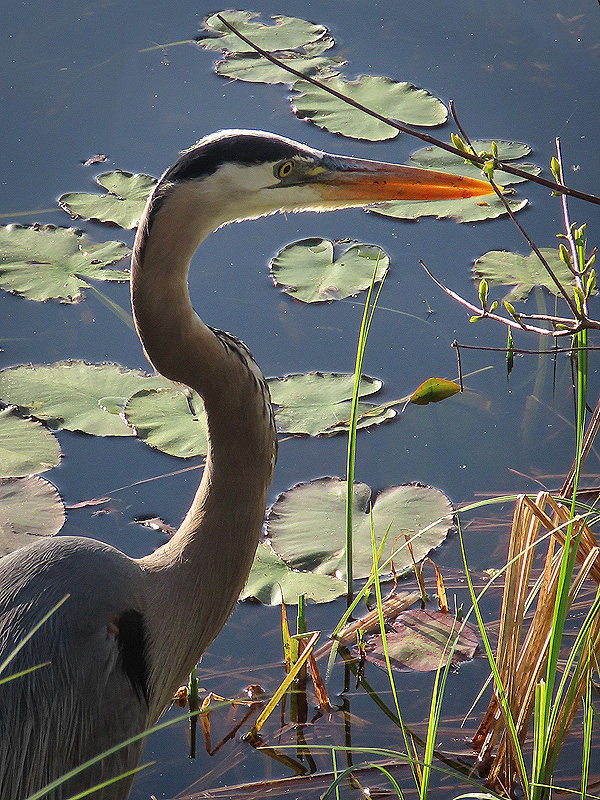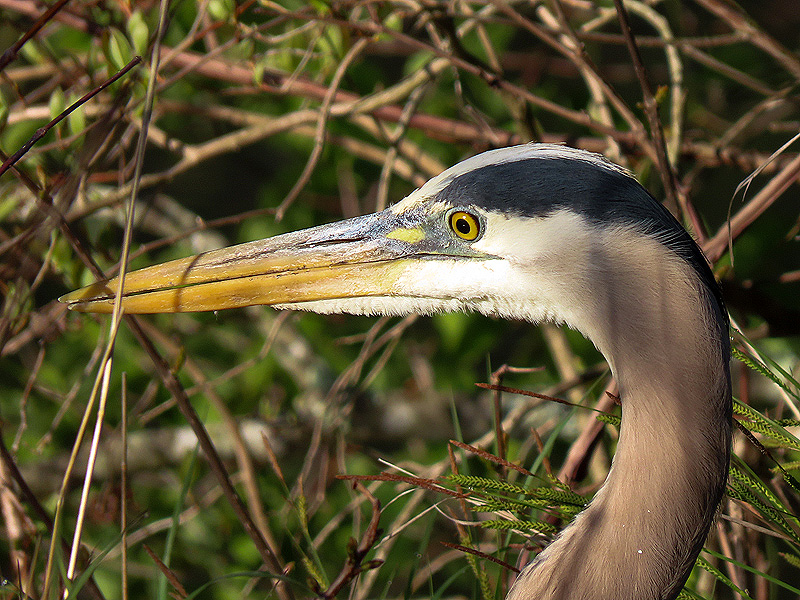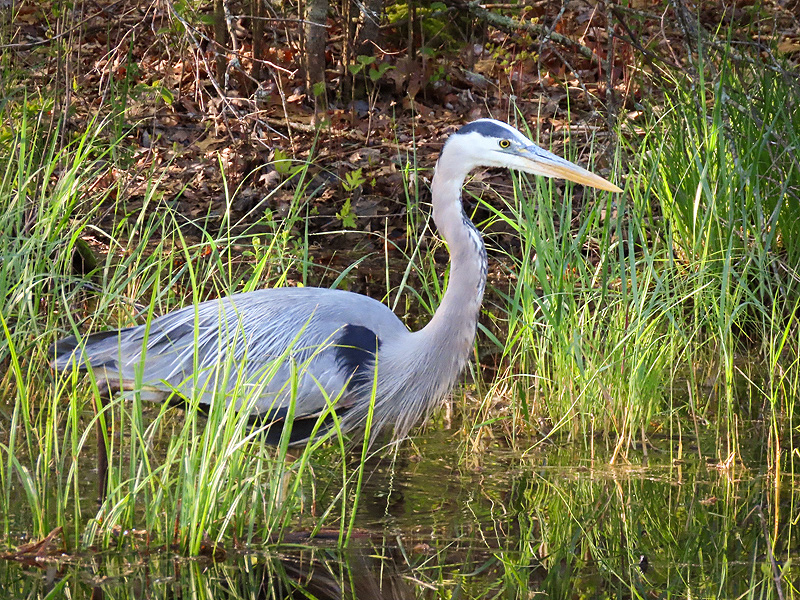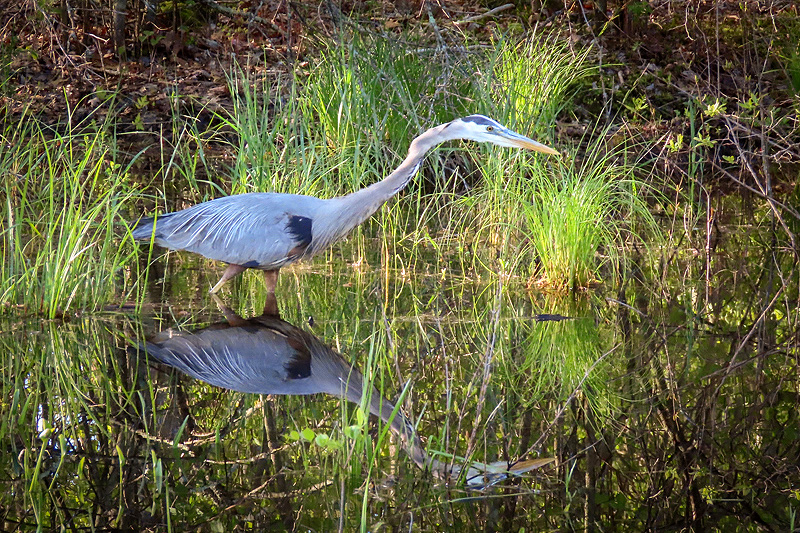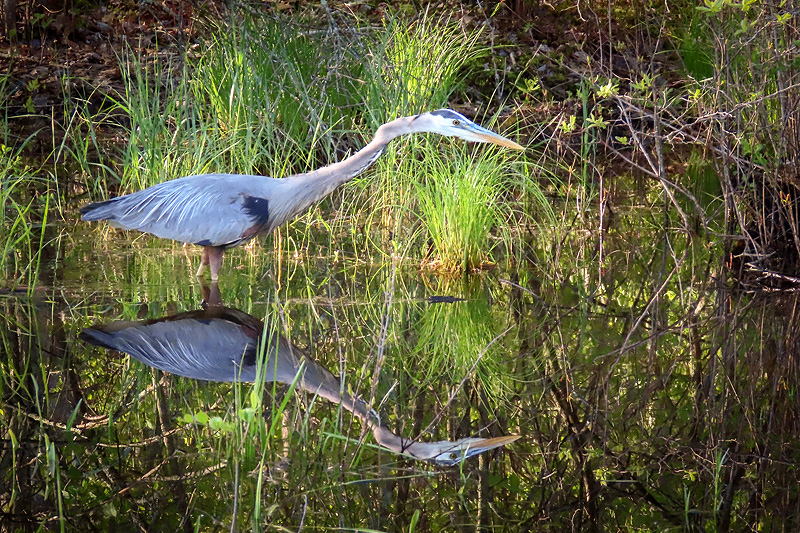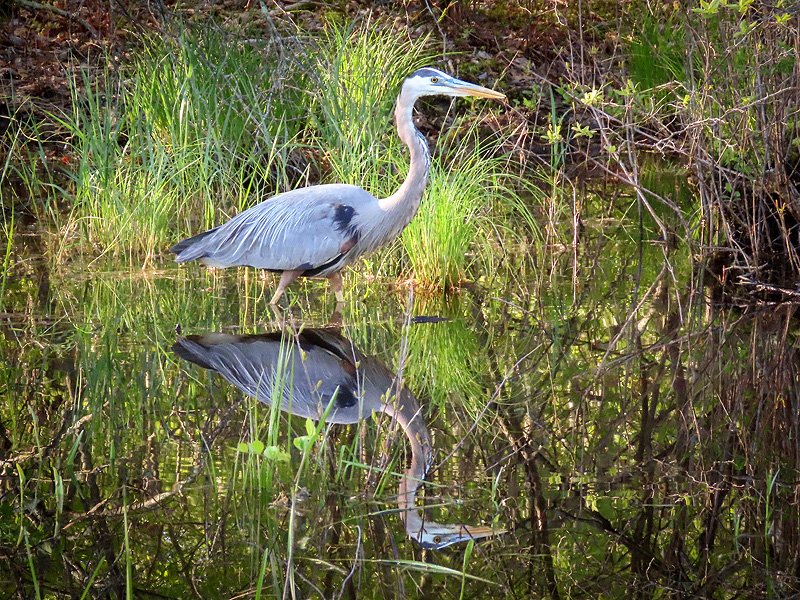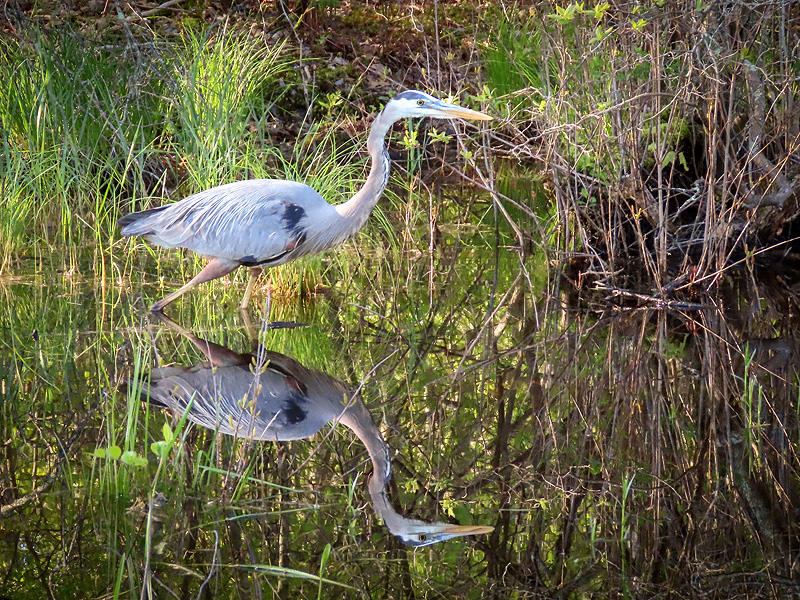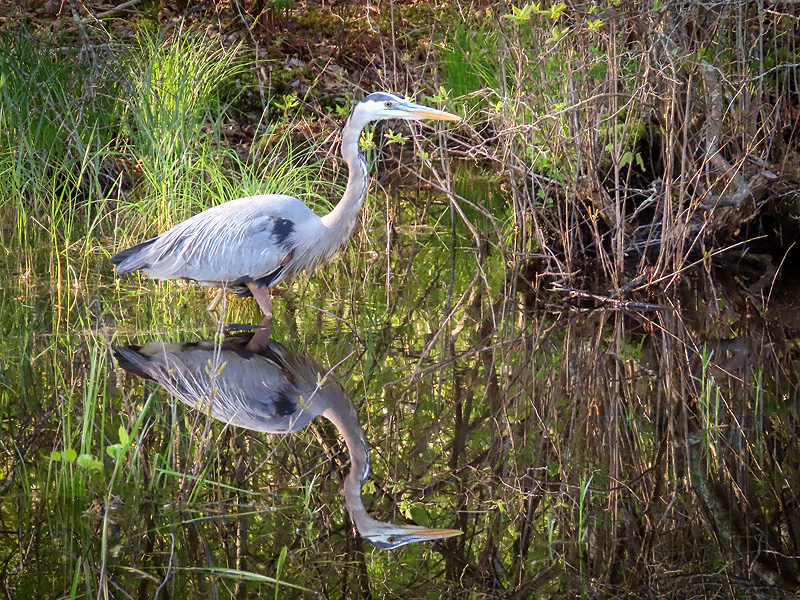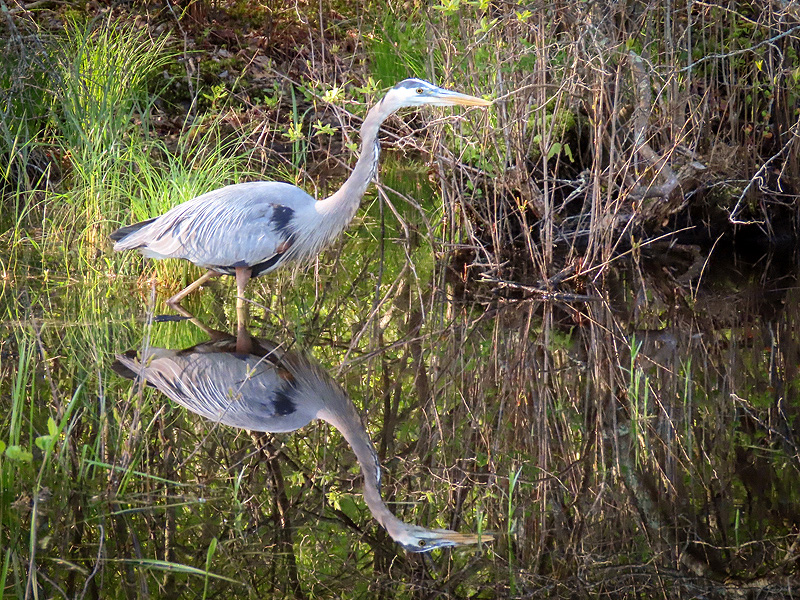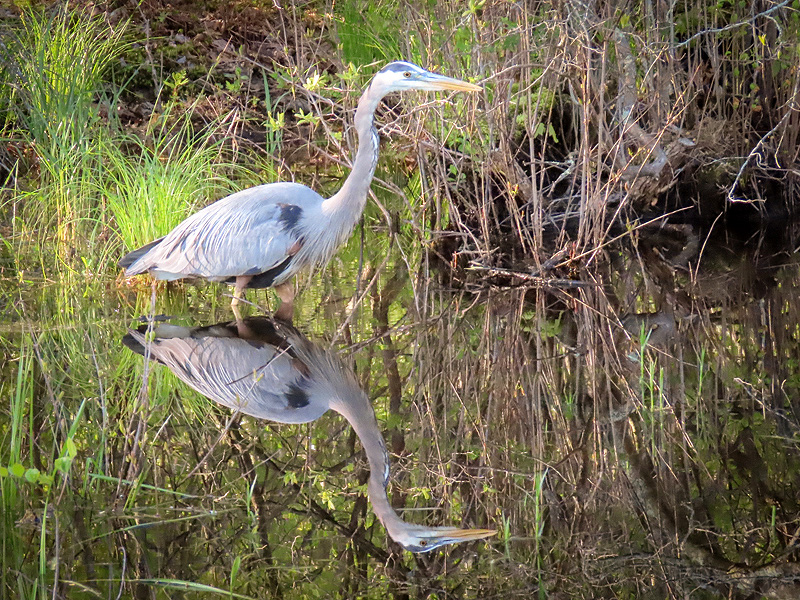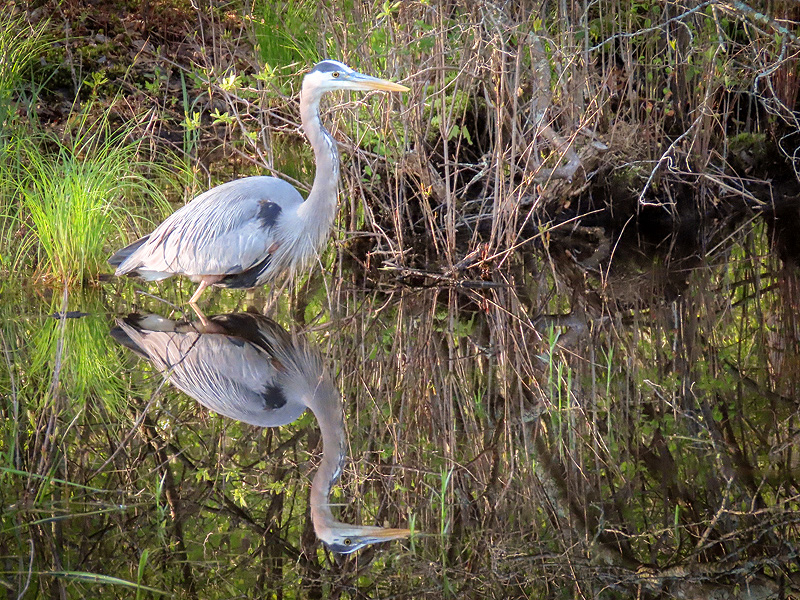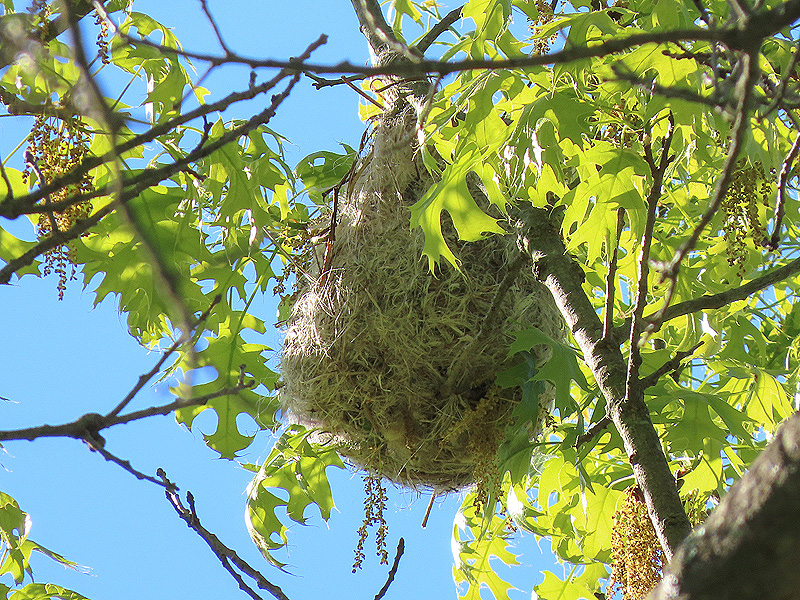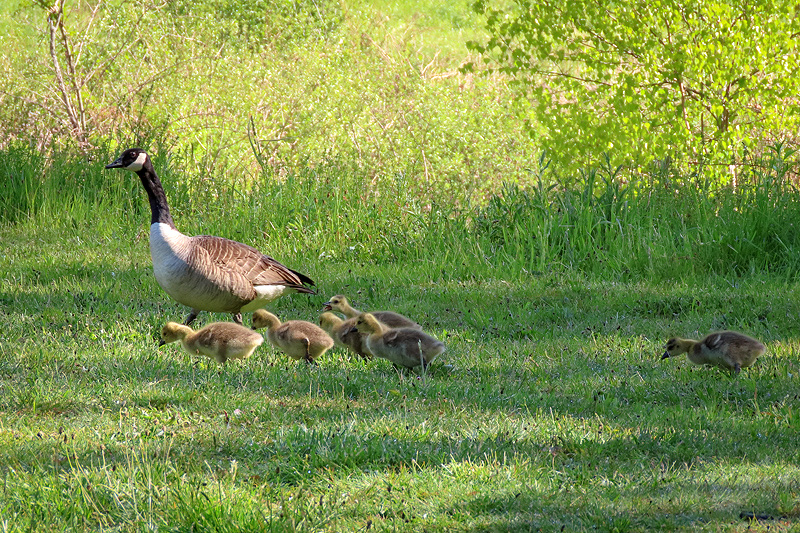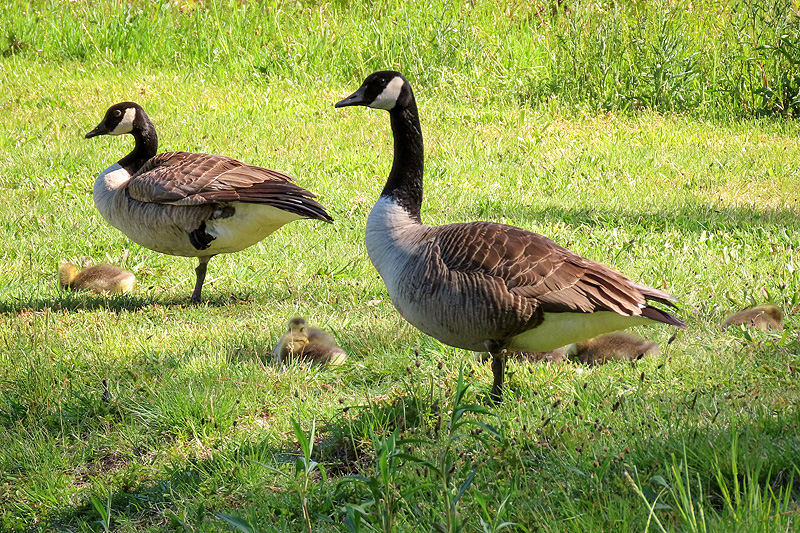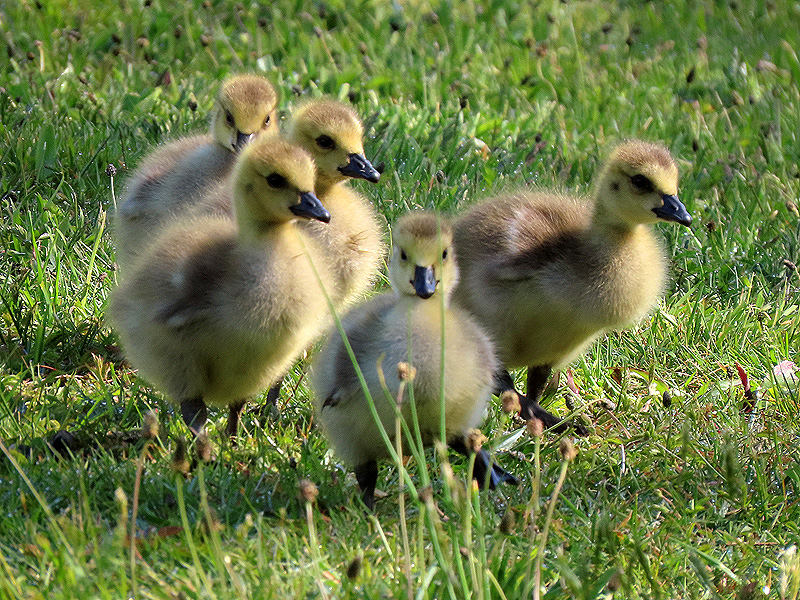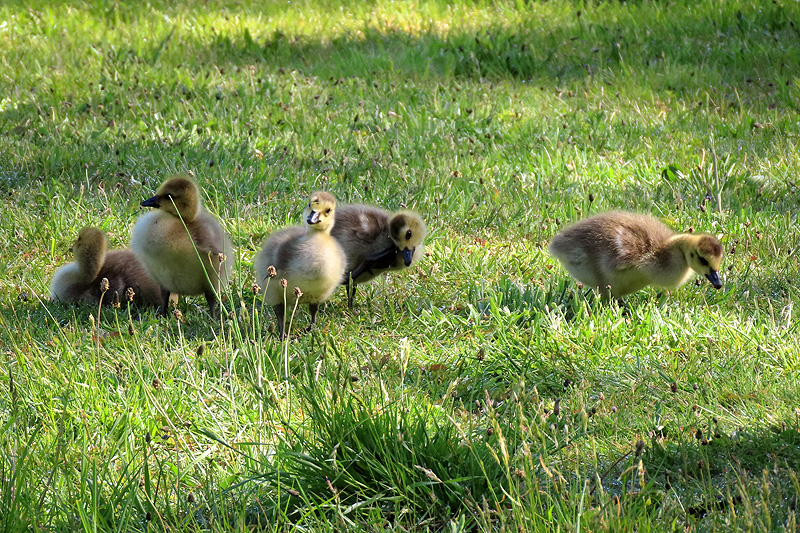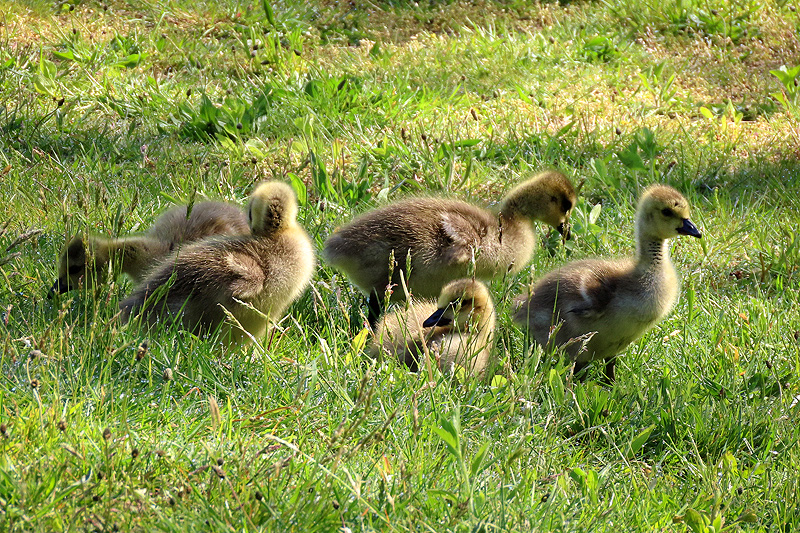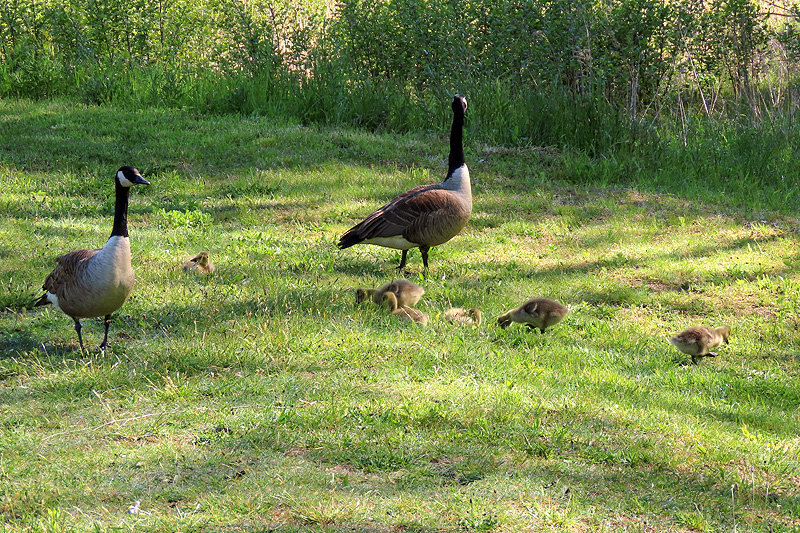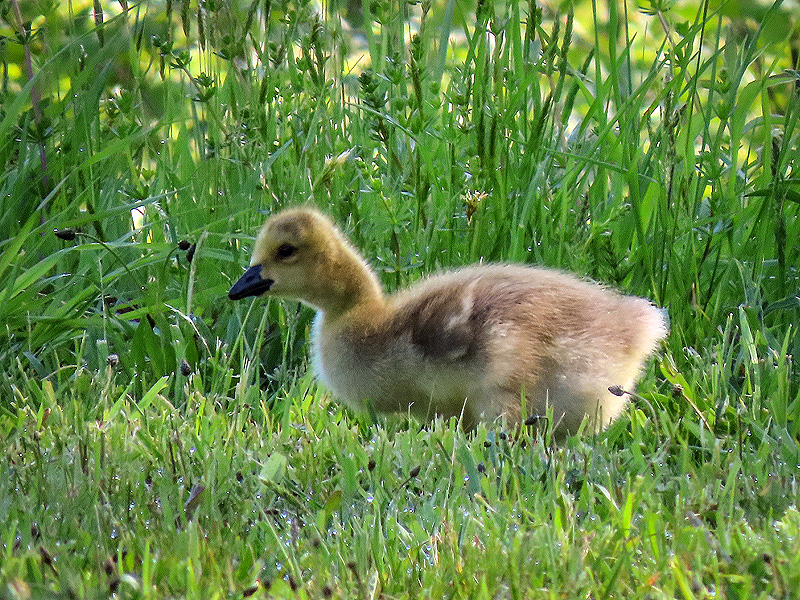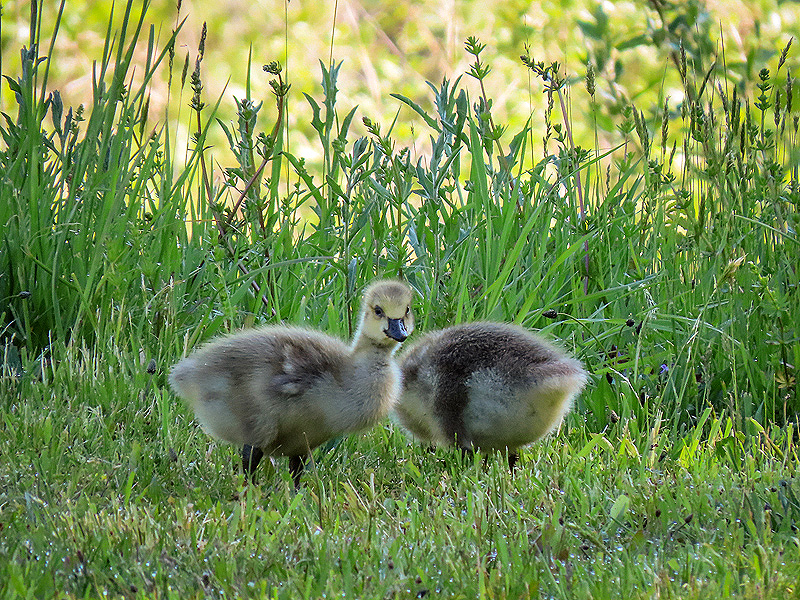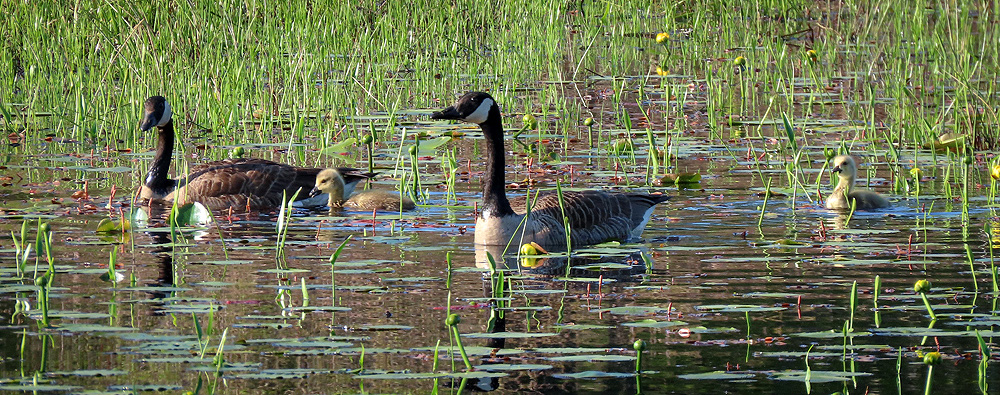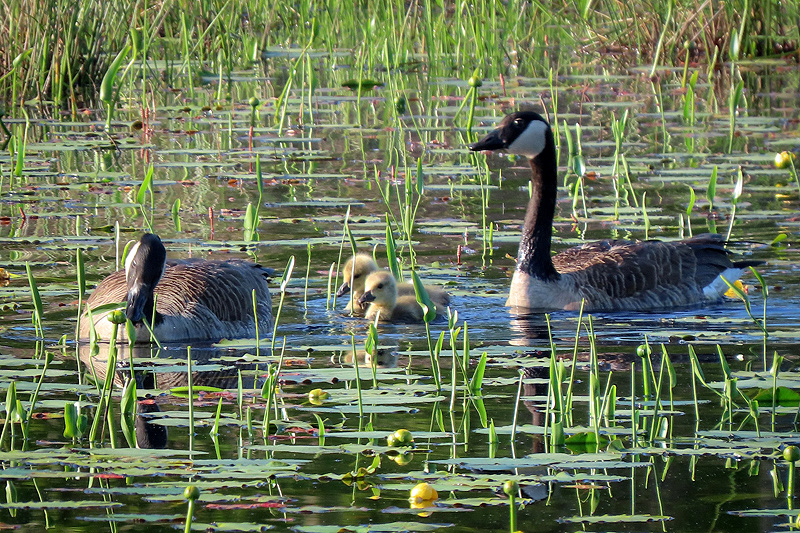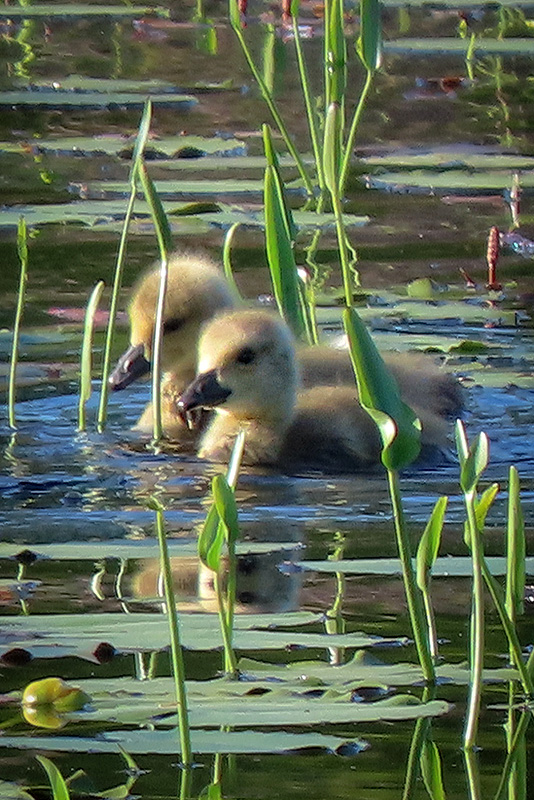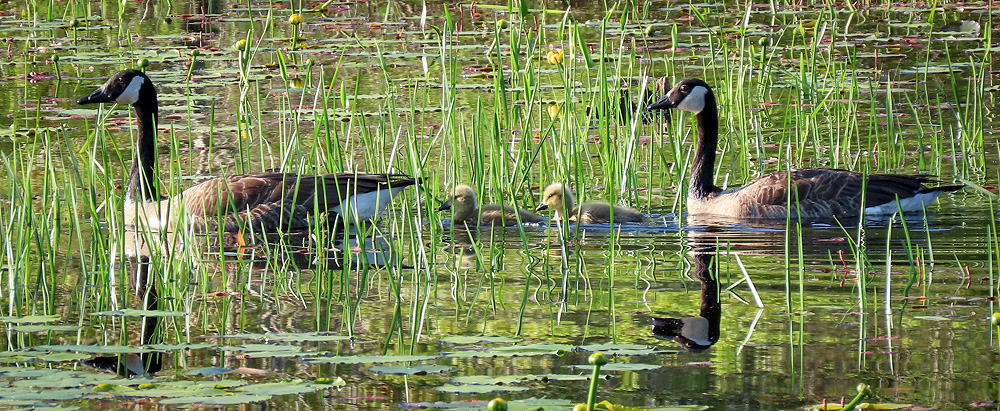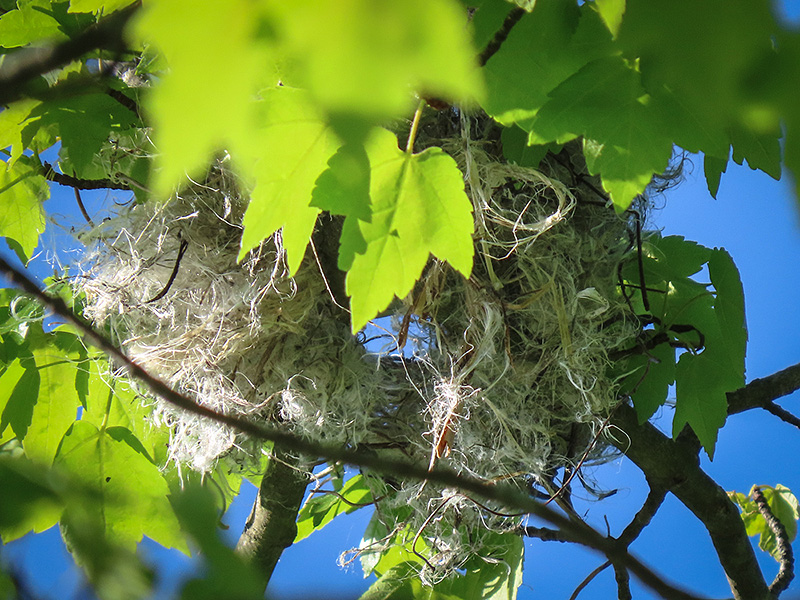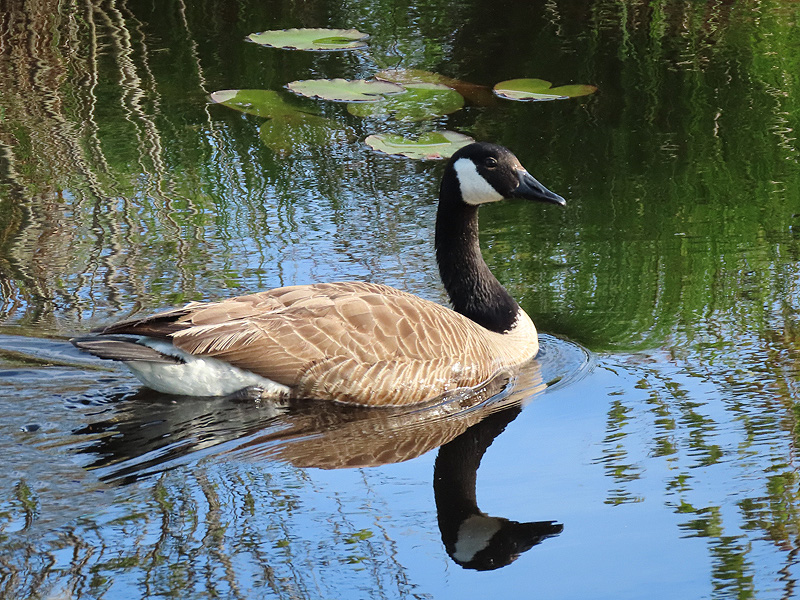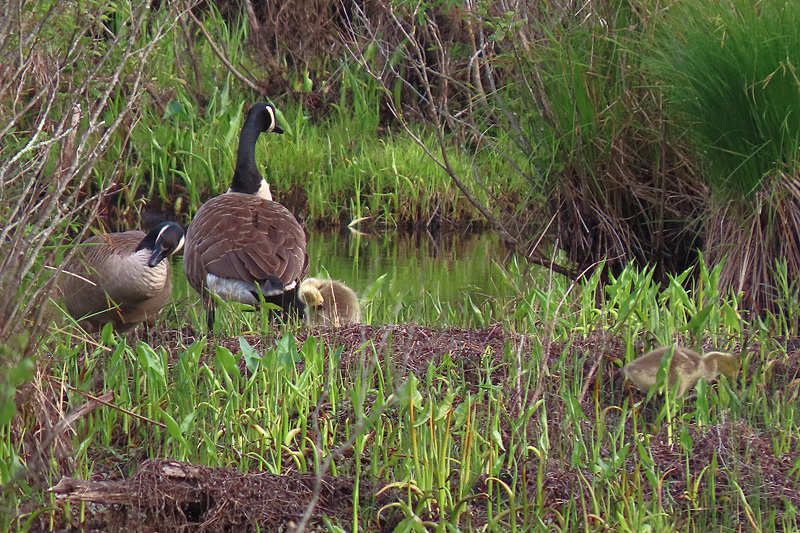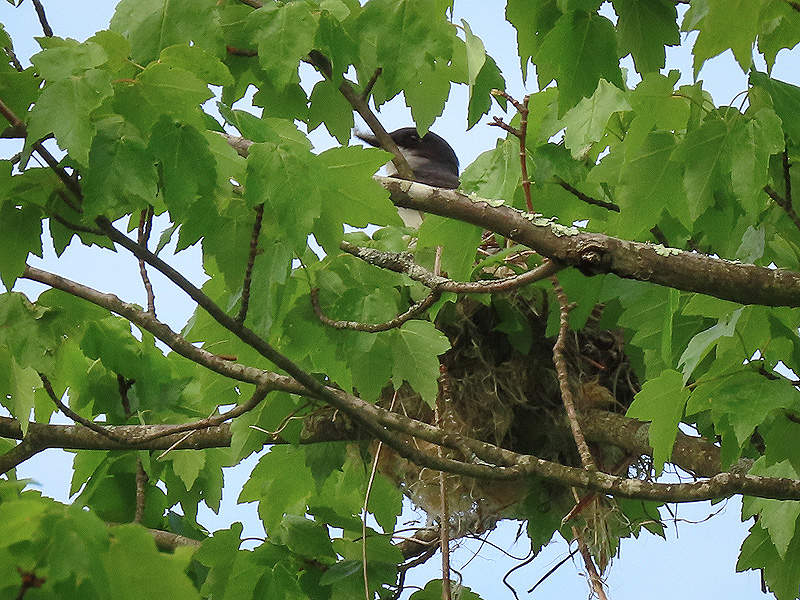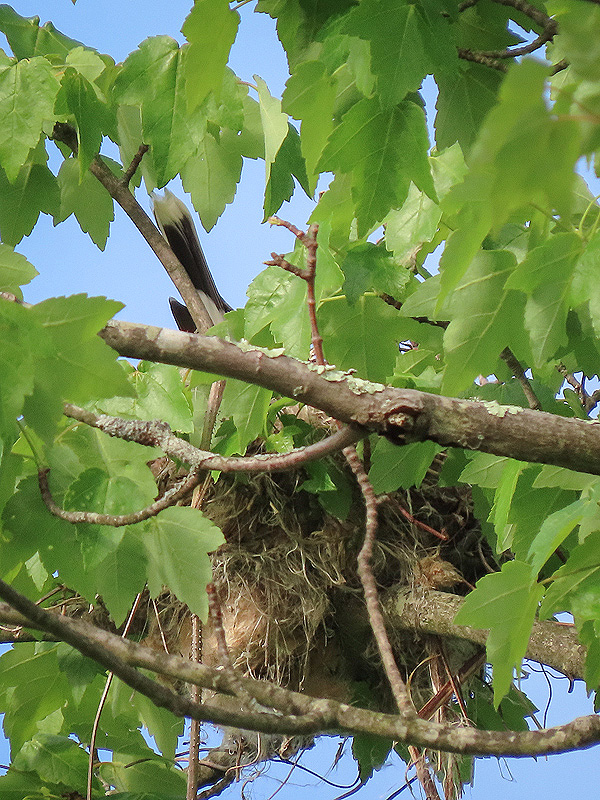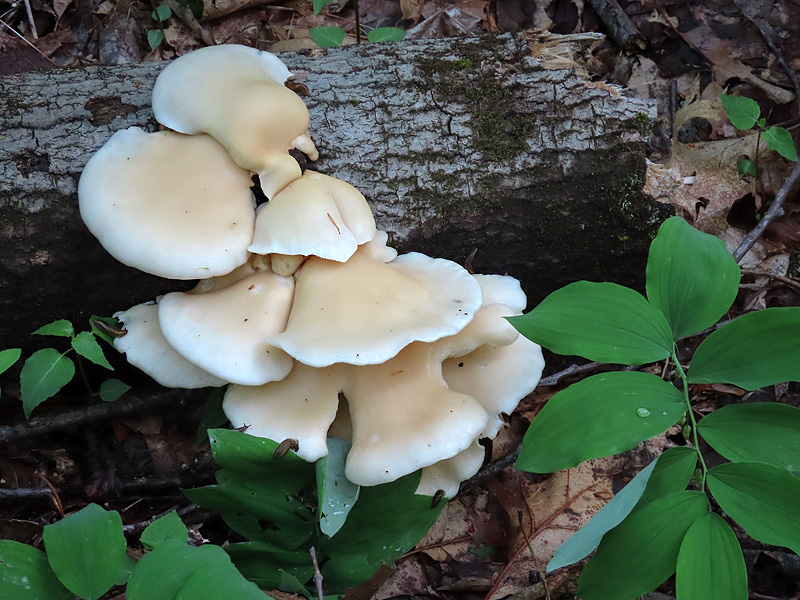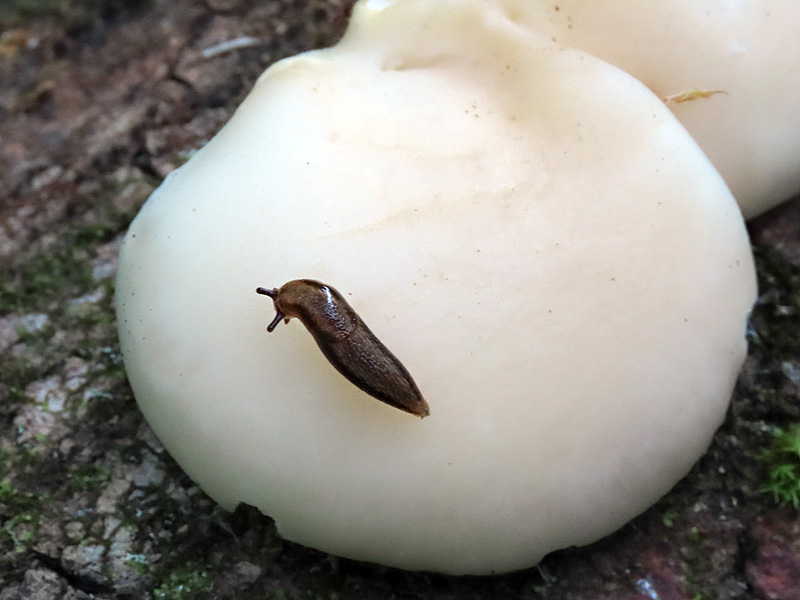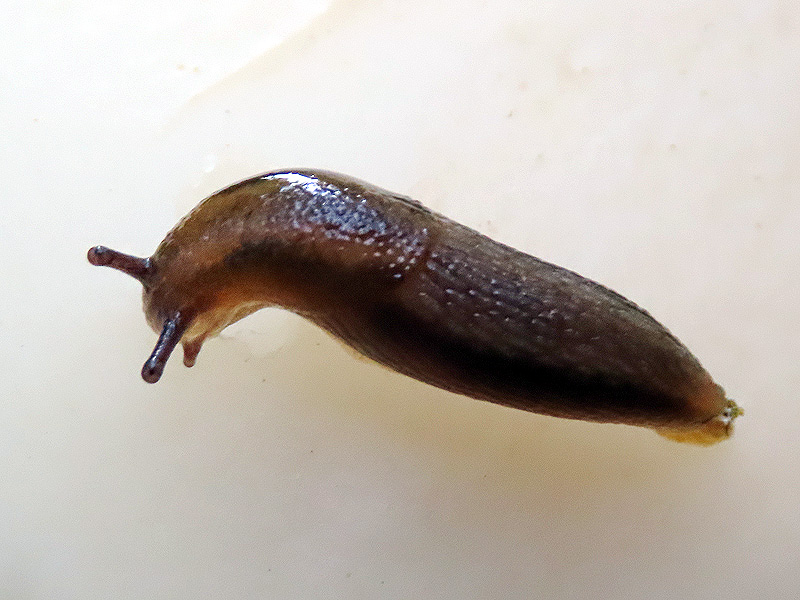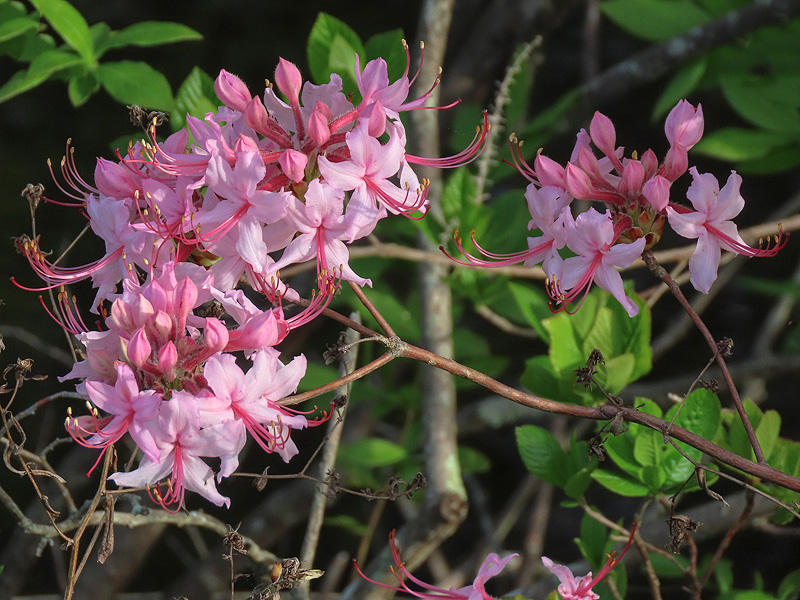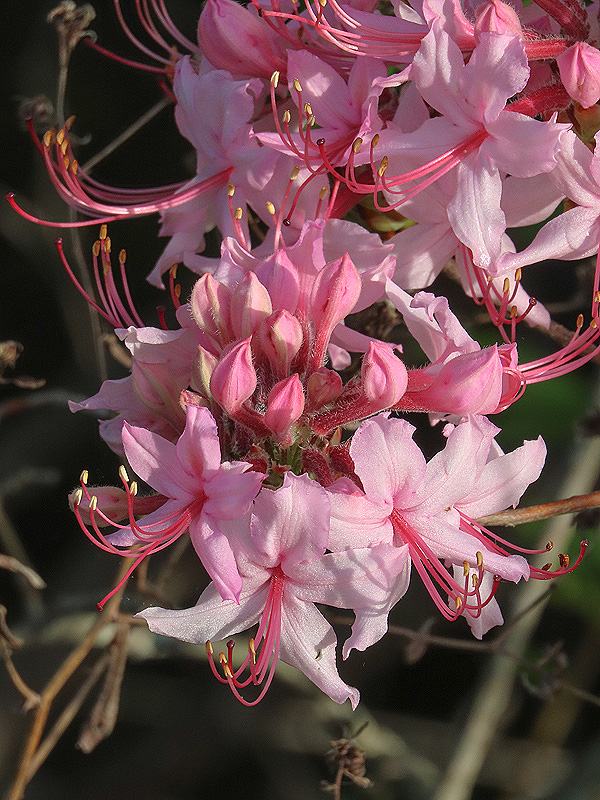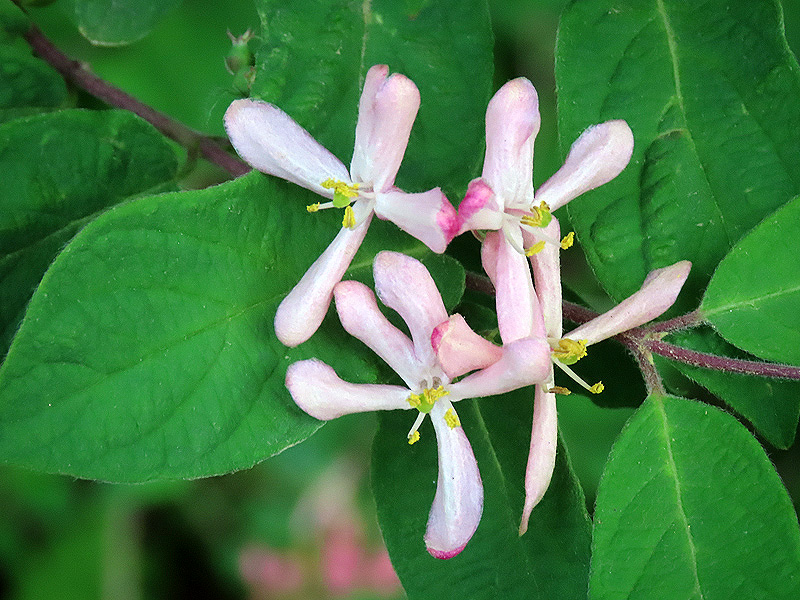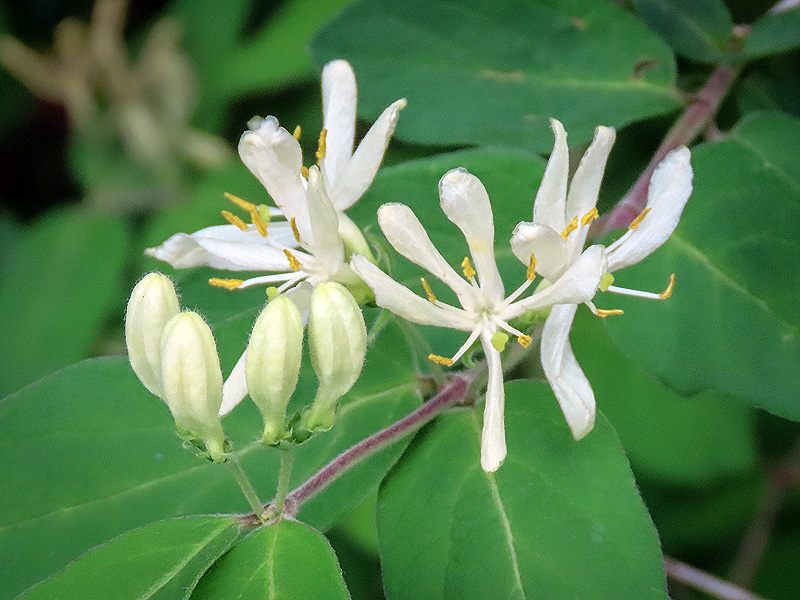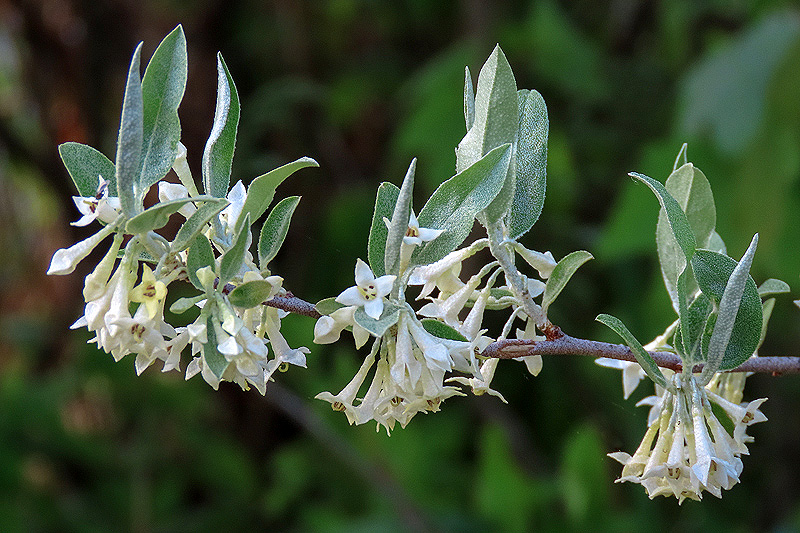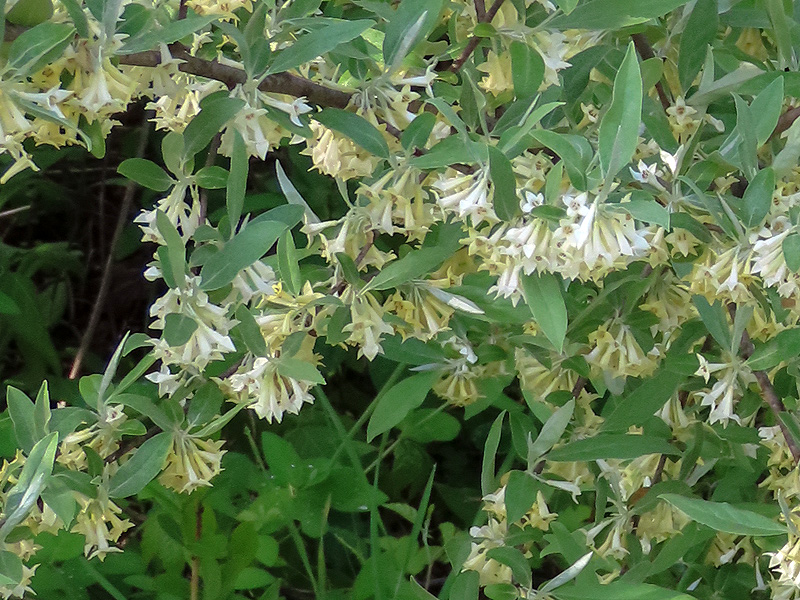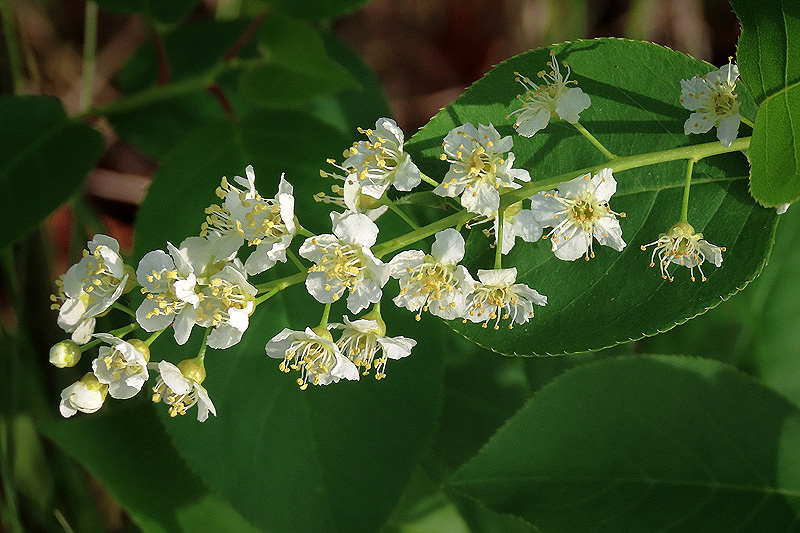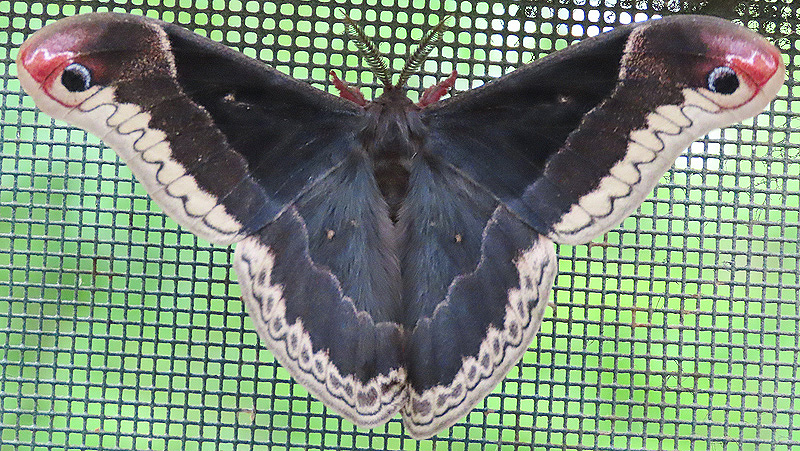Along the Air Line... 2020 - Spring, Part 18 The Air Line Trail in Eastern Connecticut - Stan Malcolm Photos |
HOME: Air Line... 2020 Pages Menu Stan's FlickR Albums |
May 19th. An American Copper (Lycaena phlaeas) off River Road not far from the Blackledge River Bridge. |
|
|
May 20th. Tree Swallow (Tachycineta bicolor) at Raymond Brook Marsh. |
The semi-tame Great Blue Heron (Ardea herodias) let me get about 10 feet from it. |
|
Backlit beak glows. |
May 21st. The semi-tame Great Blue Heron (Ardea herodias) was right beside the trail again. |
|
|
|
|
|
|
|
|
|
|
The first Baltimore Oriole (Icterus galbula) nest I've seen this year. |
A brief stop at Cranberry Bog to see the Canada Geese (Branta canadensis) and 6 goslings. |
Power nap for the goslings... |
...before they ran off ahead of their parents. |
|
|
The parents soon caught up. |
|
Sewer work east of Cranberry Bog has closed the parking lot and the trail at that point. Just room for two cars on the west side of Smith Street. |
May 22nd. At Raymond Brook Marsh, a pair of Canada Geese (Branta canadensis) with two goslings. |
|
|
|
|
Nest under construction. |
Pink Azalea or Pinxter-flower (Rhododendron nudiflorum). |
Limber Honeysuckle (Lonicera dioica). |
May 24th. A single Canada Goose (Branta canadensis)... |
...and further on, the goose family I saw several days ago, now on the north side of the trail. |
The "nest under construction" of May 21st (above) belongs to a pair of Eastern Kingbirds (Tyrannus tyrannus). Here, you can see a head... |
...here a beak, breast, and wings... |
...and here the distinctive white tipped tail. (It's a kit. Assemble the bird!) |
Beautiful mushrooms being enjoyed by slugs. |
|
|
Better pictures today of the Pink Azalea or Pinxter-flower (Rhododendron nudiflorum). |
|
|
A couple of invasive species: First Morrow's Honeysuckle (Lonicera morowii). |
It comes in pink... |
...and more commonly in white, ageing to yellow. Like many invasives, it's very, very common. |
Autumn Olive (Elaeagnus umbellata) is another nasty invasive (but at least the flowers smell nice). |
Black Cherry (Prunus serotina). |
May 25th. Yesterday, a male Promethea Moth (Callosamia promethea) eclosed from a cocoon found along the trail several months ago. It was released this afternoon when it became active. (Unlike most silk moths, these are active in late afternoon. They're part of a mimicry ring involving several distasteful swallowtail butterfly species so it makes sense for them to be day-active.) |
